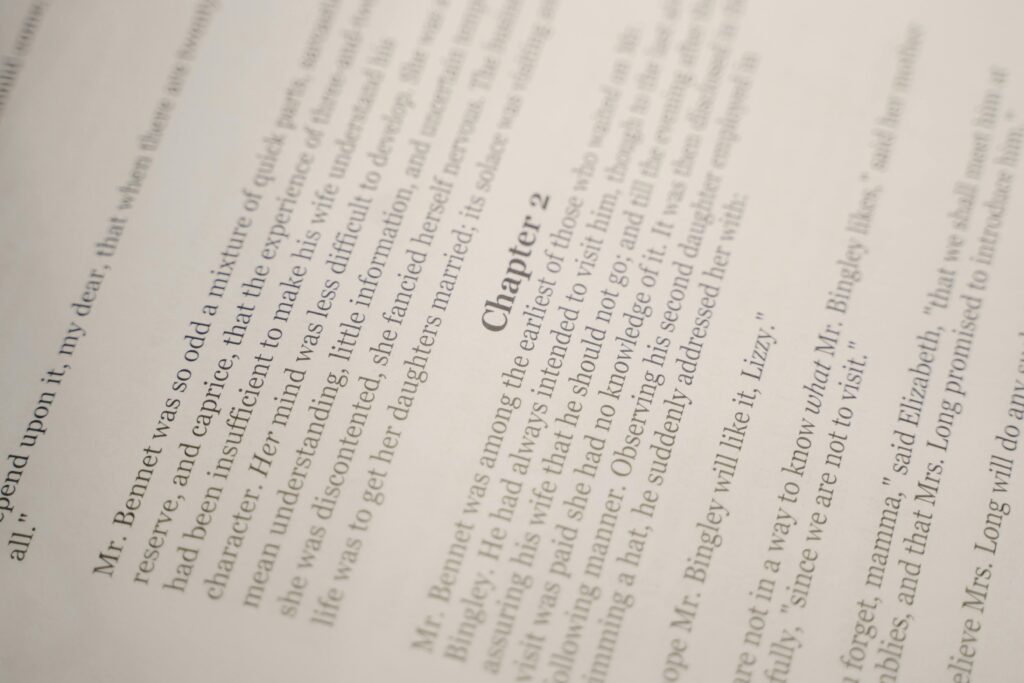The title page of a screenplay serves as the first impression of your script, setting the tone for the reader’s experience. Proper formatting is crucial to convey professionalism and adherence to industry standards. This guide will walk you through the essential elements and best practices for crafting an impeccable screenplay title page.
Essential Elements of a Screenplay Title Page
A well-formatted title page should include the following components:
- Title of the Script: Centered on the page, typically in uppercase letters.
- Author’s Name: Positioned below the title, preceded by “by” or “written by”.
- Contact Information: Located at the bottom left or right corner, including email address and phone number.
- Draft Date: Optional; if included, place it below the author’s name.
Maintaining a clean and uncluttered layout ensures that the focus remains on the content of your script.
Formatting Guidelines
Adhering to industry-standard formatting is vital. Here are key guidelines to follow:
- Font: Use 12-point Courier font, the standard for screenplays.
- Margins: Set 1-inch margins on all sides.
- Spacing: Single-space each element, with appropriate spacing between them.
Utilizing professional screenwriting software can simplify this process by providing built-in templates that adhere to these standards.
Handling Multiple Writers and Credits
When multiple writers are involved, it’s important to credit them correctly:
- “&” (Ampersand): Indicates a writing team who collaborated simultaneously.
- “and”: Signifies writers who worked on the script at different times.
For example:
- “John Smith & Jane Doe” denotes a collaborative team.
- “John Smith and Jane Doe” indicates separate contributions.
Proper attribution ensures clarity and respects the contributions of all involved.
Including Source Material Acknowledgments
If your screenplay is based on existing material, acknowledge it appropriately:
- “Based on the novel by [Author’s Name]”
- “Inspired by a true story”
Place this acknowledgment below the author’s name to provide proper credit and context.
Common Questions About Screenplay Title Pages
Here are answers to some frequently asked questions:
- Should I include a copyright notice? It’s optional. If included, place it at the bottom corner of the page.
- Can I add images or logos? It’s best to avoid them to maintain a professional appearance.
- Is it necessary to include a draft number? Not typically; it’s usually reserved for internal tracking.
Keeping the title page simple and professional is key.
Utilizing Screenwriting Software
Professional screenwriting software like Final Draft, Celtx, or Arc Studio offers templates that automate title page formatting. These tools help ensure consistency and adherence to industry standards, allowing you to focus on the creative aspects of your script.
Final Tips for a Professional Title Page
To ensure your title page meets industry expectations:
- Double-check all information for accuracy.
- Ensure proper alignment and spacing.
- Keep the design simple and free from unnecessary embellishments.
A well-crafted title page reflects your professionalism and attention to detail, setting a positive tone for your screenplay.


